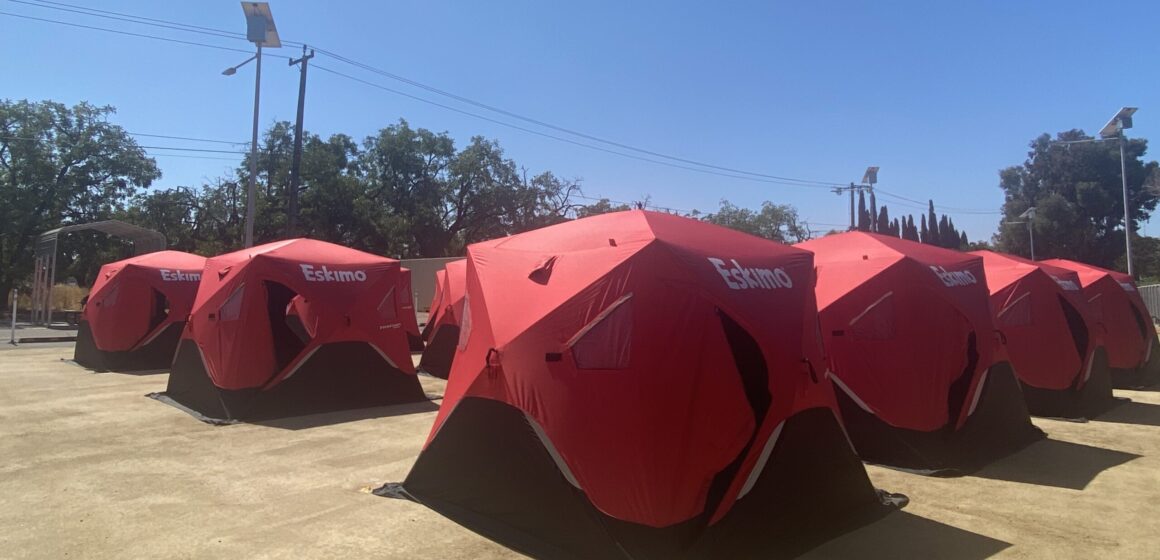Walk into any emergency room and you’ll see it: triage. Doctors and nurses move fast to stabilize, assess and keep patients alive. It’s lifesaving work — but no one would confuse it with treatment. That comes later, when the root causes are addressed, not just the symptoms.
Right now, our homelessness response is looking more and more like an ER that never quite gets patients into surgery. We’re doing triage well enough to keep things from total collapse. But treatment — the permanent fix — remains out of reach for far too many.
Triage solutions in homelessness takes many forms. Think safe-sleeping sites, tiny home communities and the motel rooms leased on a short-term basis. They’re fast, flexible and relatively inexpensive compared to building new housing. They offer safety, stability and dignity to people who otherwise would be sleeping in creekbeds or doorways. They’re essential, especially in a community where the cost of housing shuts out more and more people each year. Without them, our streets would be even more dangerous and chaotic.
But we can’t confuse these interventions with treatment. Triage doesn’t heal a broken leg — it just keeps it from getting worse. Likewise, a tiny home cabin doesn’t cure homelessness. A sanctioned site is a stopgap, not a destination. Treatment is housing. Treatment is the permanent key that unlocks the door to stability, health and opportunity. That’s the endgame we should measure ourselves against: how many people are not just sheltered tonight, but permanently housed tomorrow.
The danger in over-relying on triage is that it becomes the default strategy. Local governments under pressure from residents and courts to “do something” can put up a sanctioned site or sweep a large encampment into a safe sleeping area. It’s quick, it’s visible and it answers the nightly news cameras. But if the exits into permanent housing aren’t there, we’re just managing misery more efficiently. We’re moving people around instead of moving them in.
Treatment is harder, slower and far more expensive. Building supportive housing in Silicon Valley means wrestling with high land costs, neighborhood opposition, endless permitting hurdles and construction timelines that stretch into years. But the evidence is overwhelming: supportive housing works. People who move in stay housed, stabilize their health and cost the public far less in ER visits, jail bookings and emergency services. Treatment pays off — but only if we have the courage and patience to scale it.
So how do we balance the two? Like an ER, we need both triage and treatment happening simultaneously. We can’t wait years for new housing to open while thousands of people remain outside. But we also can’t let short-term solutions cannibalize the long-term fix. Every dollar we spend on sanctioned encampments or temporary sites should come with a plan for the off-ramp: case managers, rental subsidies and access to the pipeline of permanent housing. Otherwise, we risk building a shadow system of semi-permanent homelessness — better tents, cleaner camps, shinier cabins — that never actually ends the crisis.
This is where leadership matters. Budgets are moral documents. When cities and counties debate where to put scarce resources, they should be honest about what they’re buying. Are we funding triage — important and necessary, but temporary? Or are we investing in treatment — the only thing that ends homelessness for good? The smartest approach does both: stabilize people now, but keep our eyes locked on the finish line.
At its heart, this is about refusing to normalize emergency. Triage is a lifeline, but treatment is the cure. If we want fewer people outside tomorrow, we can’t just count cabins built or encampments cleared. We have to measure keys in hand, leases signed and doors closed behind someone finally home. That’s the standard of success this community deserves.
San José Spotlight columnist Ray Bramson is the chief operating officer at Destination: Home, a nonprofit that works to end homelessness in Silicon Valley. His columns appear every second Monday of the month. Contact Ray at [email protected] or follow @rbramson on X.



Leave a Reply
You must be logged in to post a comment.